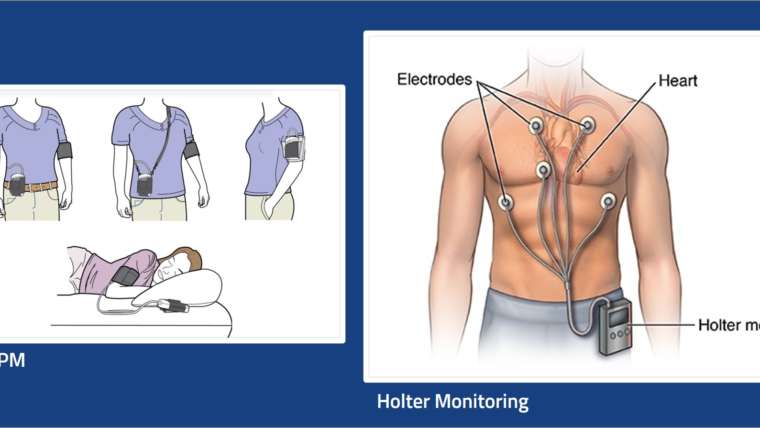
ABPM & Holter monitor is when your blood pressure and ECG respectively is measured as you move around, living your normal daily life.
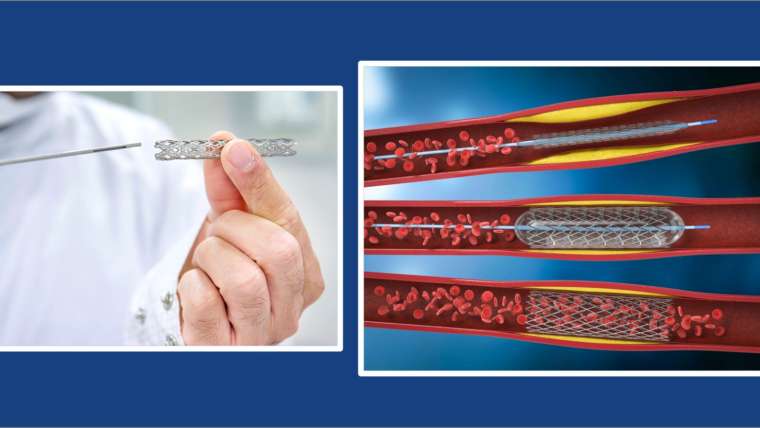
Angioplasty is a treatment that uses stents to improve blood flow to the heart by opening a narrowed or blocked coronary artery.
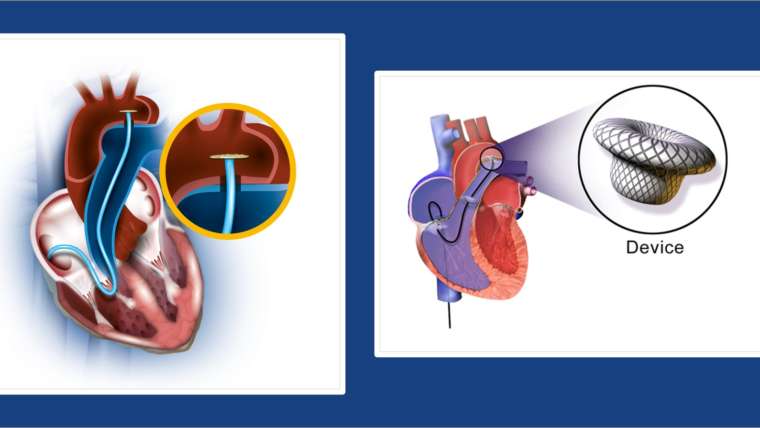
The percutaneous closure procedure is a treatment option that can be used to repair abnormal openings in the heart.
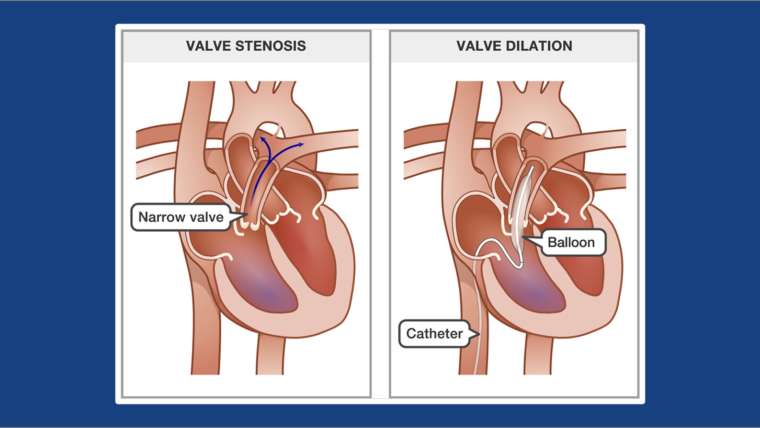
Transcatheter aortic valve replacement (TAVR) is a minimally invasive procedure to replace a narrowed aortic valve that fails to open properly (aortic valve stenosis).

A coronary angiography is a test to find out if you have a blockage in a coronary artery. During
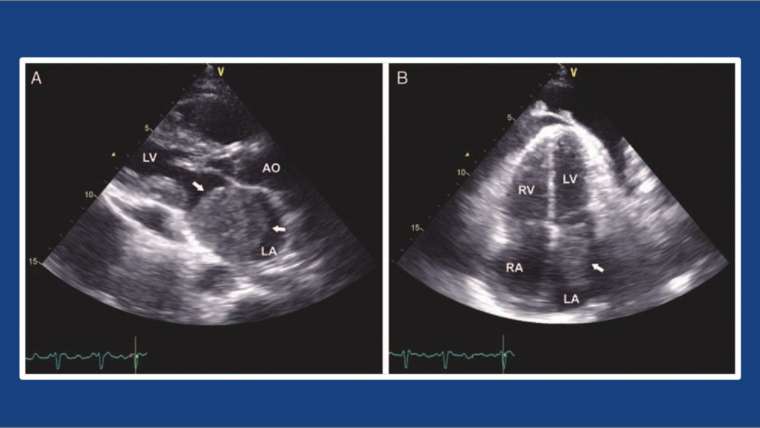
An echocardiography is a test that uses ultrasound to make pictures of your heart and show how your heart muscle and valves are working.

EVAR & TEVAR are newer techniques used to treat pathology of the aorta, like aortic aneurysm and dissection.
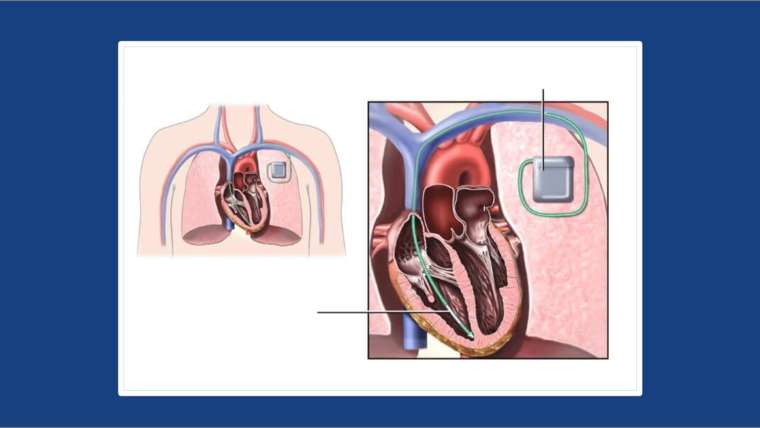
Know the procedure and requirements for ICD & CRT Implantation and why it is performed.
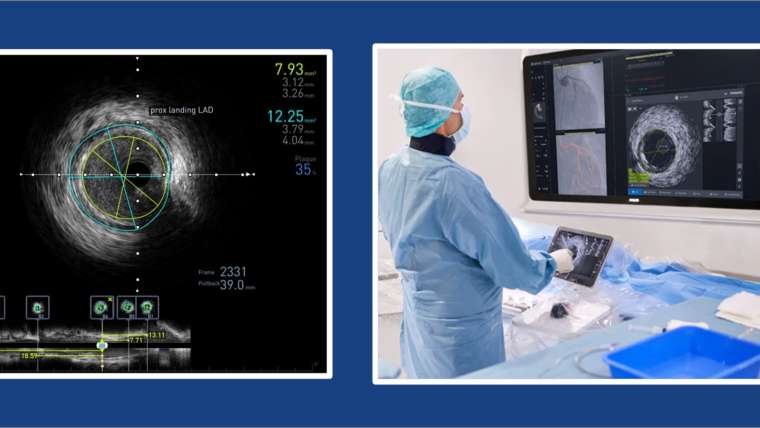
IVUS guided angioplasty lets cardiologists see inside a coronary artery in real time, yielding information beyond routine imaging methods.
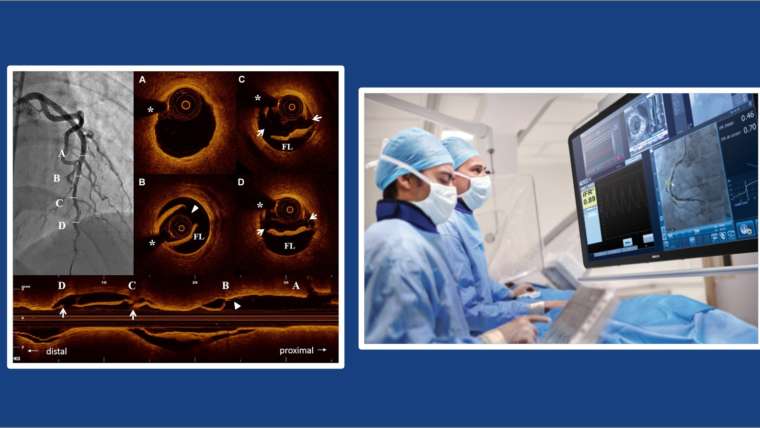
OCT & FRR are the tools/procedures to assist in identification of those intermediate blockages.
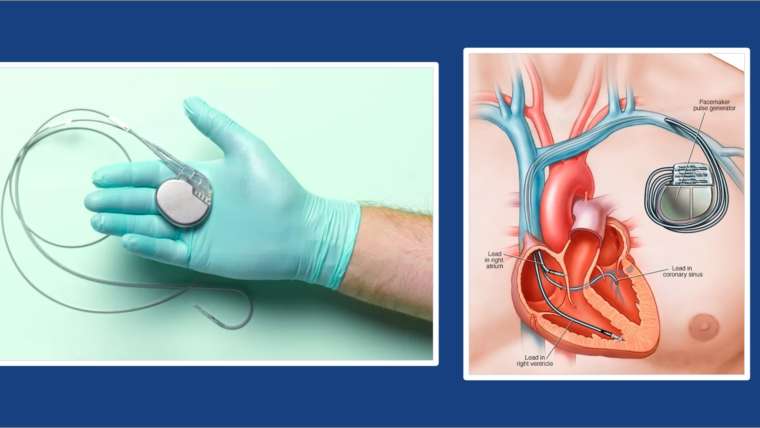
A pacemaker may be inserted in order to stimulate a faster heart rate when the heart is beating too slowly, also known as heart rhythm problems.

Peripheral angiography is a test to help your doctor find narrowed or blocked areas in one or more of the arteries that supply blood to your legs.

A minimally invasive endovascular procedures used to widen narrowed or obstructed arteries or veins.
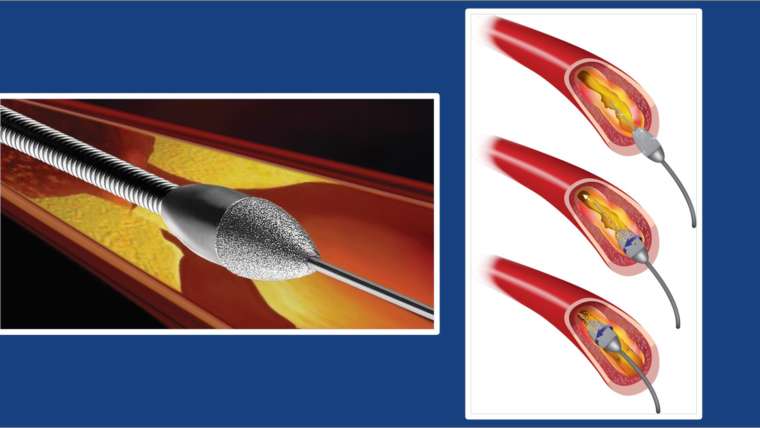
When the plaque is to hard to be pushed aside, rotablation angioplasty or rotational atherectomy comes into play.
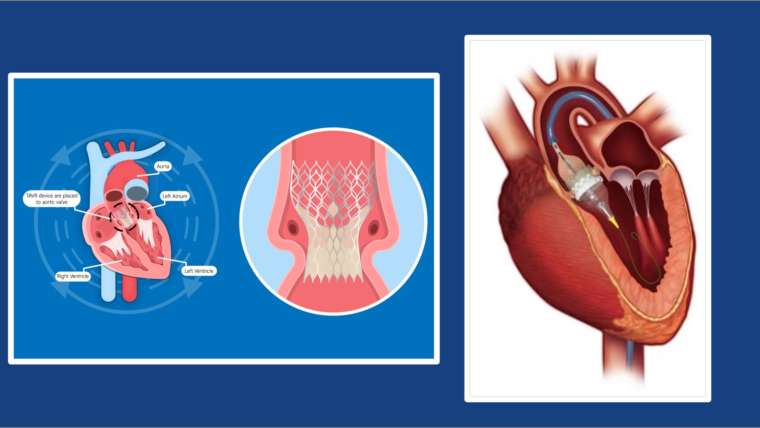
Transcatheter aortic valve replacement (TAVR) is a minimally invasive procedure to replace a narrowed aortic valve that fails to open properly (aortic valve stenosis).
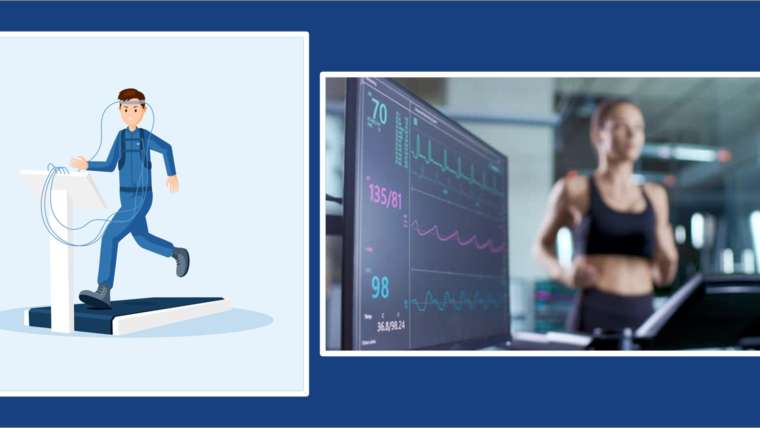
IVUS guided angioplasty lets cardiologists see inside a coronary artery in real time, yielding information beyond routine imaging methods.

